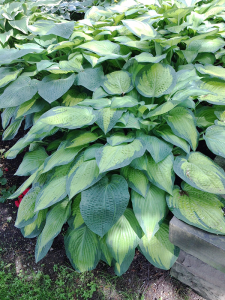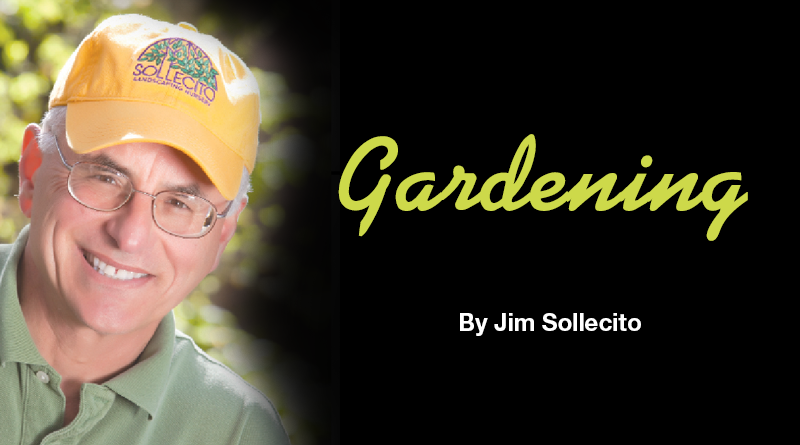6 Lessons Learned
By Jim Sollecito

You might have heard that experience allows us to work smarter, not harder. I will share here six lessons I have learned.
1. Break a project into smart stages. Complete each phase before you continue to the next. Stepping it out allows you to stretch any budget. Don’t stress. Instead, think logically.
2. Always consider new varieties. Improved cultivars (cultivated varieties) bring more features into your landscape with less work. I spend weeks determining which field-trialed plants to add to the next year’s inventory. We demand disease and insect resistance. We look for improved features such as flower abundance, flower size and colors. Compact growth habit and deer resistance are important for lower maintenance. Of course, then we need to identify which ones to cycle out. Editing is the first step in any renovation. Our job is to expand our client’s palette while ensuring the whole project fits into a person’s lifestyle. We take all that very seriously.
3. As for density, sunlight equals weeds! Yes, it really is that simple. The more space there is between shrubs, trees and perennials, the more inviting the environment for weed growth. A densely planted design will create a closed canopy, eliminating light. Initially the hosta plants in this photo were 24 inches apart (measuring from center to center). Within two years their lush slug-resistant foliage covered the ground so that not one weed can pop through. Smart and thoughtful design, well executed installation, very low long-term maintenance. You can see weeds trying to gain a foothold along the edges where there is some light. More plants covering landscape beds equates to fewer weeds altogether.
4. Nothing lifts up the landscape like a stand of ornamental grasses with their upright form and light texture. These wind dancers bring motion, creating a shadow dance on walkways, walls and fences. They add energy and excitement to a drab area. Place them in front of plants deer love, and deer tend to walk right past.
5. As a rule of thumb, if a plant problem happens gradually it is more likely an insect or disease. Treatment might solve the concern. If the plant fails quite suddenly the problem is more likely a root issue and not easily treatable by a spray. Some problems have no effective treatment, so rogue that scoundrel out and replace with a different plant. Choose an improved cultivar that is better matched to the site and conditions.
6. Add organic compost into the ground when planting any shrub, tree or perennial plant. Our favorite, and the only one we use is Leafgro Soil Conditioning Compost. It is a proven fact that plants with compost will grow 50 percent faster and will be healthier. Commercial fruit growers practice this with diligence. There is wisdom in mimicking the good farmers. They do this for a living, have a lot riding on their success, are constantly striving toward more natural and organic cultivation and have been through more than one learning curve.
Well, now you have some inside scoop for the next growing season. Keep calm, it’s almost spring. If you need help, give me a call.
Jim Sollecito is the first lifetime senior certified landscape professional in NYS. He operates Sollecito Landscaping Nursery in Syracuse. Contact him at 468-1142 or jim@sollecito.com.

